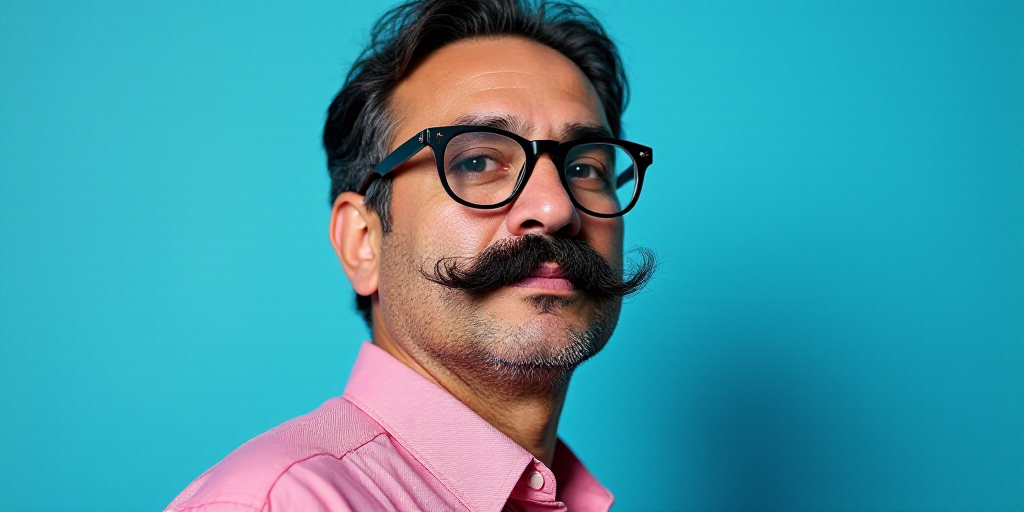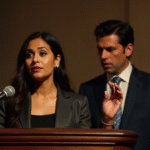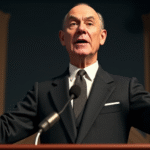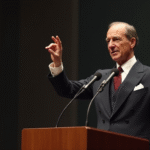Introduction
This article draws inspiration from Álvaro Pombo’s speech, “Fenomenología de la Fragilidad,” read by Mario Crespo upon receiving the Premio Cervantes 2024. The text explores the multifaceted concept of age, its significance in various aspects of life, and how it shapes our understanding of ourselves and society.
The Duality of Age
Age encapsulates multiple meanings, each evoking a mix of pain and excitement. It hurts as every year added to our life story simultaneously diminishes our future prospects. The relentless march of time brings losses, both visible and invisible: strength, opportunities, and fading illusions. Yet, age also brings gains and outcomes: knowledge, connections, and memories shaped by lived experiences.
Demographics and Public Health
In demographics, age is more than a mere number; it organizes human life into cycles. Without age, demographics would lose its compass, reducing births to mere numbers, deaths to simple counts, and migrations to meaningless displacements. Age helps understand life transitions: from childhood to adulthood, from strength to fragility, from birth to old age.
In public health, age is equally crucial. It shapes vaccination strategies for newborns, preventive actions for adolescents, and interventions for chronic diseases in older adults. Without age, public health would lose its ability to recognize vulnerabilities, anticipate risks, and guide health trajectories. It would be reduced to an undifferentiated total, lacking tools to design policies tailored to real people.
Age Across Disciplines
Beyond demographics and public health, age subtly supports various disciplines. In medicine, it influences diagnoses and treatments; in law, it defines responsibilities and rights; in psychology, it structures development cycles; in economics, it regulates pension systems and labor markets. Sociology, anthropology, education—all rely on age to understand trajectories, risks, learnings, and roles. Without age, the academic and social world would lose its structure.
Measuring Age: Beyond the Calendar
What is age and how do we measure it?
The most common method to measure age is the calendar, marking turns around the sun since birth. Each year celebrated (or mourned) theoretically represents homogeneous time advancement. However, chronological age barely captures the whole truth. The body tells age differently through bone wear, tooth deterioration, muscle loss, arterial flexibility, or immune system responsiveness. A biological age exists that may not align with the calendar: young-looking old individuals and old-looking young ones. Chronic diseases, environmental conditions, poverty, or violence can accelerate internal weakening, causing premature aging.
Socially, age is also a construction. Societies assign roles, expectations, and value based on calendar figures, often overlooking the lived reality behind those numbers. Thus, a person might be labeled “old” or “young” more by convention than reality. Wishing someone “may you live the age you represent” acknowledges this complexity: desiring not just chronological longevity but also biological vitality, functional fullness, and social dignity.
In some cultures, like Mexico’s and Argentina’s, people older than a certain age are colloquially called “big people” rather than simply “old.” Terms like “old ones,” “elders,” or the awkwardly euphemistic “third age” reflect a deeper tradition where age signifies not just a life limit but also social value.
Ancient civilizations institutionalized councils of elders, and spiritual or political roles like papacy were traditionally reserved for those over 70, as Juan Villoro notes. Wisdom was seen as a source of sagacity, prudence, and legitimacy. Yet, this respect for age also poses risks: when the authority of the elders becomes absolute and excludes younger generations, gerontocracy emerges—a power form that can stifle renewal and social dynamism. In the 21st century, the challenge isn’t choosing between youth and old age but building bridges: valuing the wisdom of the elders without shutting the door to the renewal impulse brought by the young. Experience should be a foundation, not a barrier.
Aging and Fragility
Aging involves becoming fragile. One of the most visible (yet often unseen) phenomena is population aging. Humanity has never experienced such a prolonged expansion of advanced age. Aging in individuals brings fragility, but also the opportunity to view life with a perspective only time provides.
Physical frailty accompanying old age can remind us of Cervantes’ metaphor in “El Licenciado Vidriera”: bodies perceived (and perceived as) fragile glass. Exposed, isolated behind an invisible barrier allowing sight but not touch; offering protection yet also fostering solitude. In this scenario, isolation can be defensive—a strategy to preserve dignity—or offensive, an exclusion imposed by a society reluctant to confront its own vulnerability.
Essentially, age hurts because it reminds us of our finitude. Yet, it also excites because lived time gives meaning to existence. Each age is a unique way of inhabiting the world: perhaps less body, but more memory; less haste, more presence. Age helps us accept that pain and excitement don’t exclude each other; they coexist. It’s about wishing every lived year to be not just a sum of time but a sum of life.
Perhaps the best image to conceptualize the relationship between age, society, and life is the ancient forest metaphor. Ancestral wisdom, often anonymous, invites us to see a healthy society as a forest: oldest trees, with deep roots and broad canopies, support the entire ecosystem. Beneath their shade, new shoots grow flexibly, thirsty for light. Young trees push towards the sky with vital energy that older ones lack, but their vigor would be fragile without the silent protection of those who came before. Youth needs experience, and old age benefits from energy.
Similarly, in human life, a community cutting its roots ages prematurely; one failing to cultivate its shoots slowly dries. Age, like a forest, isn’t a battle between old and young but a living tapestry of continuity, fragility, and renewal.
“Life is spent like glass: its wear is invisible until it breaks.” Inspired by Miguel de Cervantes’ novel “El Licenciado Vidriera” (1613)
* Profesor Titular del Dpto. de Salud Pública, Facultad de Medicina, UNAM and
Profesor Emérito del Dpto. de Ciencias de la Medición de la Salud, Universidad de Washington.
The opinions expressed in this article do not represent the position of the institutions where the author works.
@DrRafaelLozano






